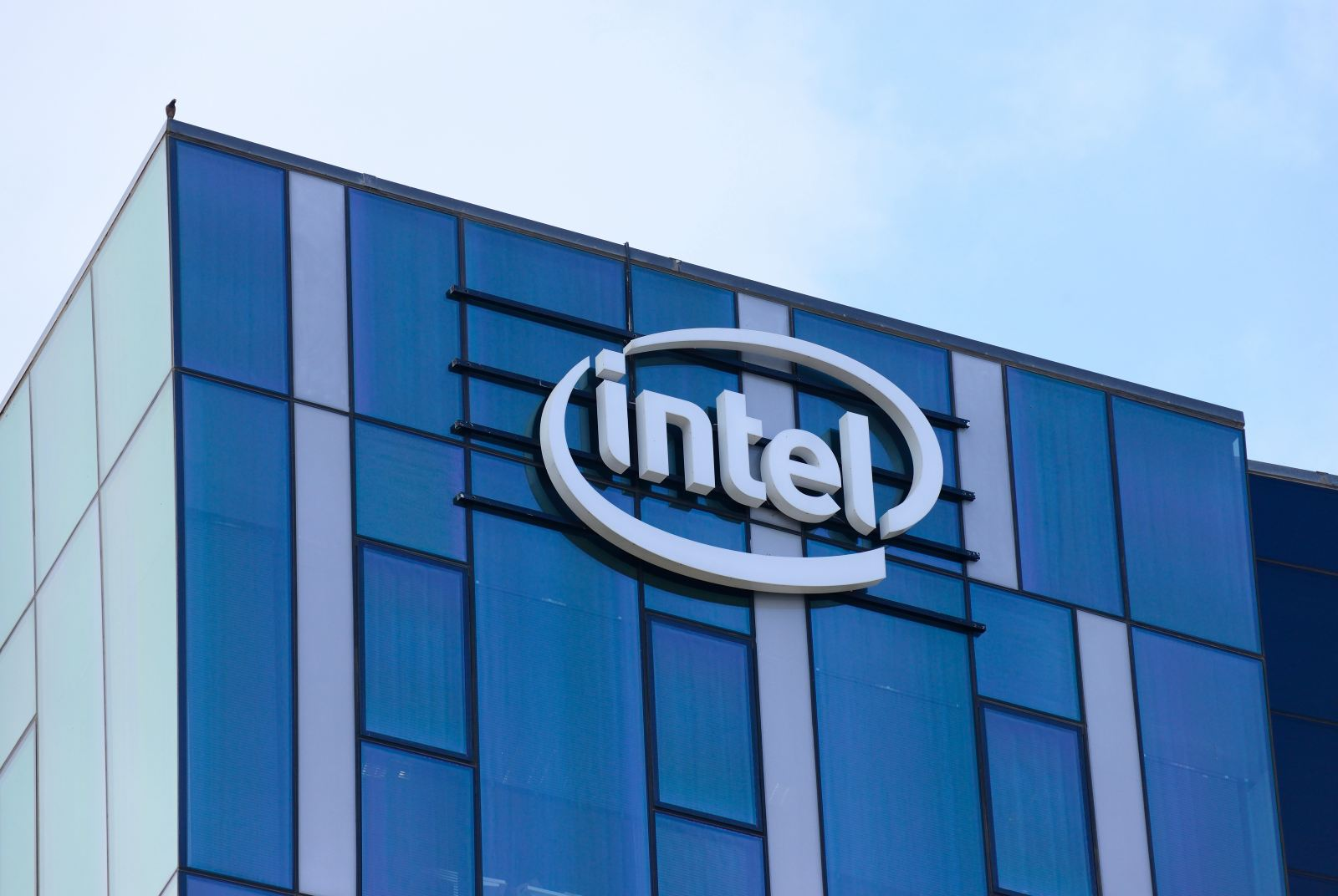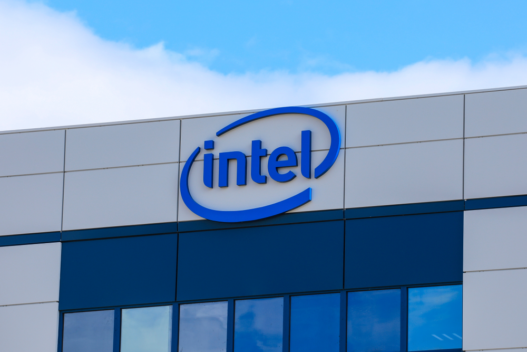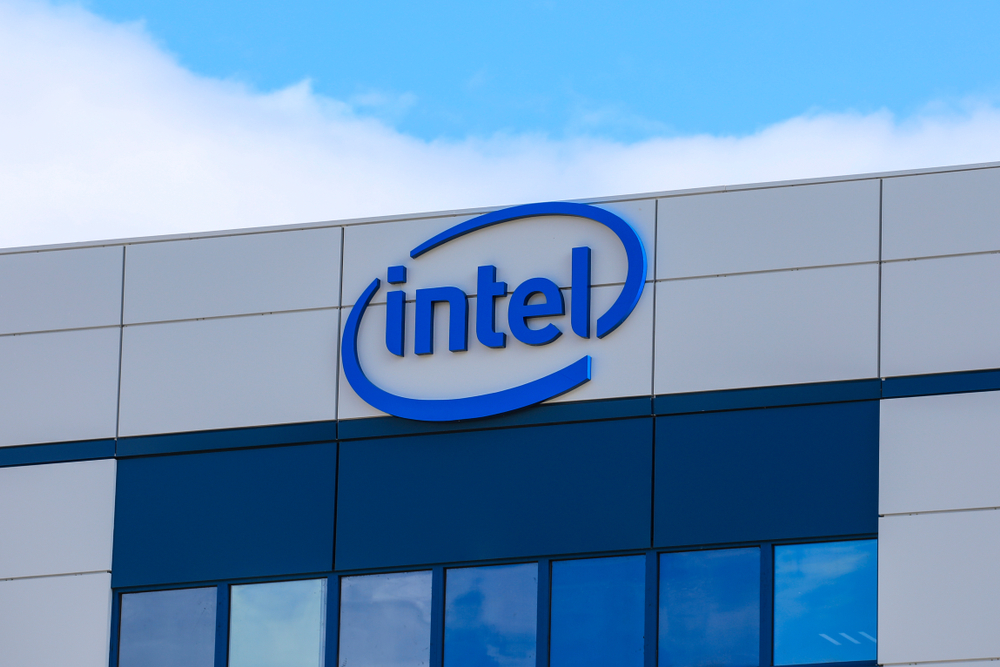On Tuesday, the Biden-Harris administration finalized an award of up to $7.865 billion from the CHIPS Act to support the expansion of Intel’s commercial fabrication plants (fabs) in the United States. These fabs aim to reduce dependency on foreign adversaries and address significant gaps in America’s domestic semiconductor supply chain by the end of the decade.
Initial Award and Adjustments
Intel was initially awarded $8.5 billion, but the amount was reduced after the company received a $3 billion subsidy from the Pentagon for expanding Department of Defense semiconductor manufacturing. In a press release, Secretary of Commerce Gina Raimondo celebrated the award, stating it would position “Intel to drive one of the most significant semiconductor manufacturing expansions in US history” and “supercharge American innovation” while enhancing national security.
Intel’s Investment and Job Creation
The CHIPS funding supports an anticipated investment of nearly $90 billion by 2030 to expand projects in Arizona, New Mexico, Ohio, and Oregon. This initiative is expected to create approximately 10,000 manufacturing jobs and 20,000 construction jobs across these states, according to the Commerce Department. Additionally, Intel estimates that the funding will generate “more than 50,000 indirect jobs with suppliers and supporting industries.”
The National Institute of Standards and Technology (NIST), which oversees CHIPS funding for manufacturing and R&D initiatives, stated that the “funding will spur investment in leading-edge logic chip manufacturing, packaging, and R&D facilities.”

Project Details
The expansion includes constructing two new fabs in Chandler, Arizona, modernizing two fabs in Rio Rancho, New Mexico, building a new leading-edge logic fab in New Albany, Ohio, and establishing a “premier hub of leading-edge research and development” in Hillsboro, Oregon. By the end of this project, Intel expects to operate America’s largest advanced packaging facility in New Mexico and “one of only three locations in the world where leading-edge process technology is developed” in Oregon, according to NIST.
Worker Safety and Training
To ensure the success of this venture, Intel has set aside $65 million to build a skilled workforce. Of this, $56 million will “help train students and faculty at all education levels,” Intel said. Another $5 million will “help increase childcare availability near Intel’s facilities,” and the remaining $4 million will support recruitment efforts for women and “economically disadvantaged individuals” as construction workers.
However, recruitment might face challenges if worker safety concerns persist. Chips Communities United (CCU), a coalition representing millions of workers and community members, has been monitoring worker concerns at facilities receiving CHIPS funding. While supportive of Intel’s US expansion, CCU recently requested a full environmental impact statement for one of Intel’s Arizona fabs, detailing potential environmental and worker hazards along with mitigation plans.
As of August, CCU reported that Ocotillo workers and communities had not been provided with “sufficient detail on the use, storage, and release of hazardous substances, as well as other environmental impacts,” to conclude that there are no significant environmental impacts.

Enforcement of Safety Commitments
Workers have numerous questions, but most urgently, they need more information on how environmental safety commitments will be enforced, CCU suggested, as no one wants to work under the constant fear of chemical exposure. This concern was heightened when Intel’s facilities in Oregon were revealed last year to have “accidentally turned off its air pollution control equipment for two months and underreported its CO2 emissions.”
NIST noted that Intel is required to protect workers to receive CHIPS funding and has promised to meet regularly with workers and managers at each project facility to discuss worker safety concerns.
Intel’s Response
Intel could not immediately be reached for comment on whether it’s currently in discussions with workers impacted by CCU’s recent claims.
Commenting on the Intel Community Impact Report released by NIST today, CCU applauded Intel’s commitments to involve workers, adopt the “most protective health and safety standards for chemical exposure,” “segregate PFAS-containing waste for treatment and disposal,” and “make environmental compliance public when it comes to energy and water use,” according to CCU coalition director Judith Barish. However, the enforceability of the promised workplace safety conditions remains a concern at Intel’s facilities.
“Protective workplace health and safety regulation” has “historically been missing in semiconductor production,” Barish told Ars. And it’s a significant issue, as Intel’s current plan is to regulate toxic chemical management following industry guidelines rather than government regulations.
“Unlike government regulations, this standard is not easily available for public inspection since it is proprietary, copyrighted, and can only be inspected by purchasing it,” Barish told Ars. “Allowing a regulated entity to write the regulations that will be applied to it violates basic principles of good government.”
While segregating PFAS-containing waste sounds promising, Barish said that workers need more transparency to understand how it “will be separated, stored, and treated and what the environmental impacts will be for nearby communities.”

Unionization and Worker Benefits
It’s also unclear to workers what might happen if Intel fails to follow through on its commitments. The Commerce Department has emphasized that Intel’s funding will be disbursed “based on Intel’s completion of project milestones,” but workers “aren’t clear on the penalties or clawbacks the Commerce Dept. would impose if Intel failed to meet workforce, health and safety, or environmental milestones and metrics,” Barish said.
Intel has only approved unionized workers at one site, which could make it challenging to attract top talent. Establishing the most protective safety protocols will be critical, but equally important for workers—especially “economically disadvantaged” workers targeted for construction jobs—will be worker benefits.
Barish noted that Intel has only committed to employing unionized construction workers at one of four sites. The company may struggle to recruit workers, Barish suggested, without being clear about their rights to “join a union free from intimidation, captive audience meetings, exposure to anti-union consultants, threats of retaliation, and other obstacles to achieve bargaining.”

Future Monitoring
CCU plans to continue monitoring concerns at Intel’s fabs and others receiving CHIPS funding as the presidential administration potentially introduces CHIPS Act changes next year.
On the campaign trail, President-elect Donald Trump criticized the CHIPS Act, saying he was “not thrilled” with the price tag, according to CNBC. However, analysts told CNBC that any changes under Trump would likely be smaller rather than something drastic like repealing the law.
The Commerce Department continues to tout the CHIPS Act as a firmly bipartisan initiative. Intel CEO Pat Gelsinger, whose company’s large investment depends on bipartisan support for the CHIPS Act continuing for years to come, echoed that sentiment after the award was finalized.
“With Intel 3 already in high-volume production and Intel 18A set to follow next year, leading-edge semiconductors are once again being made on American soil,” Gelsinger said. “Strong bipartisan support for restoring American technology and manufacturing leadership is driving historic investments that are critical to the country’s long-term economic growth and national security. Intel is deeply committed to advancing these shared priorities as we further expand our US operations over the next several years.”



















